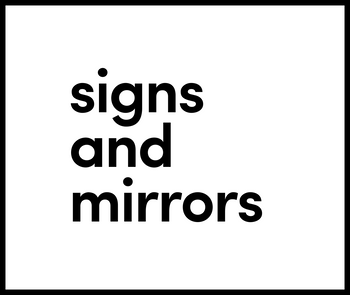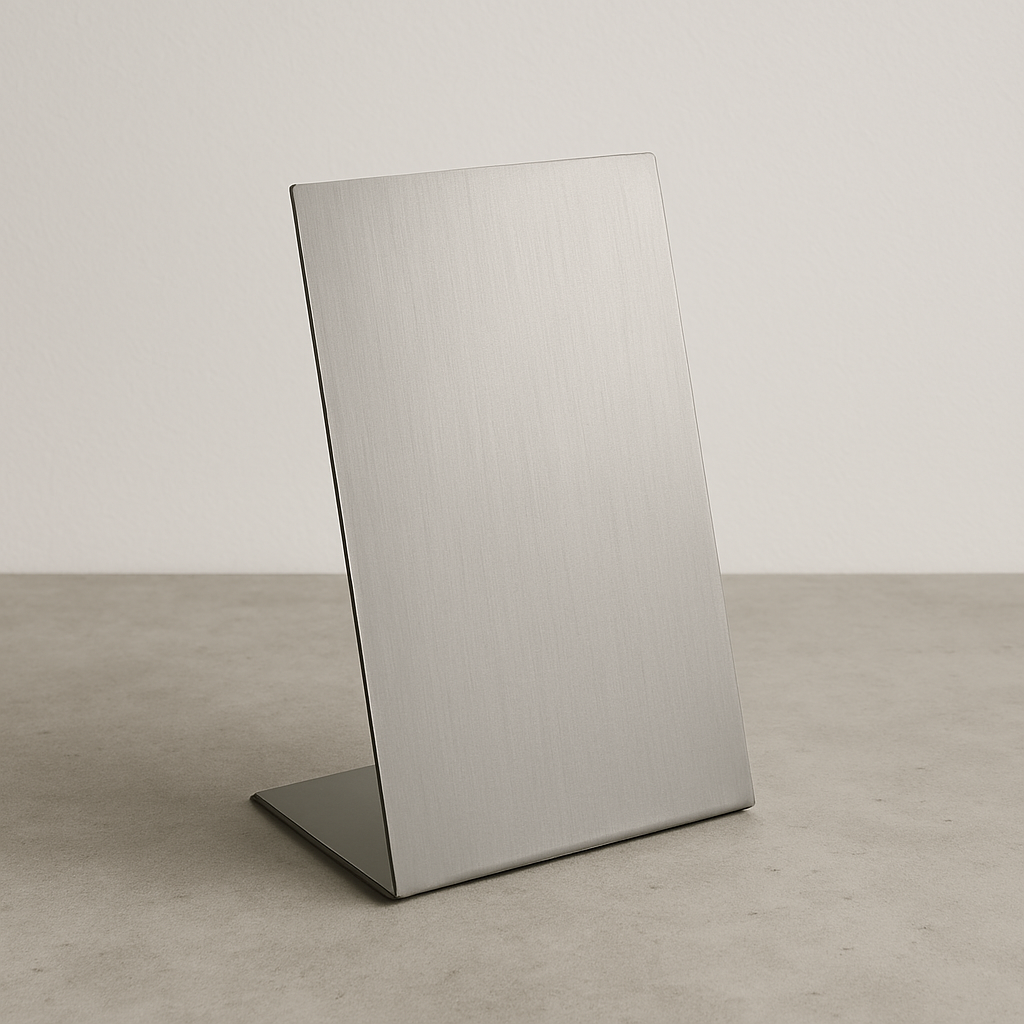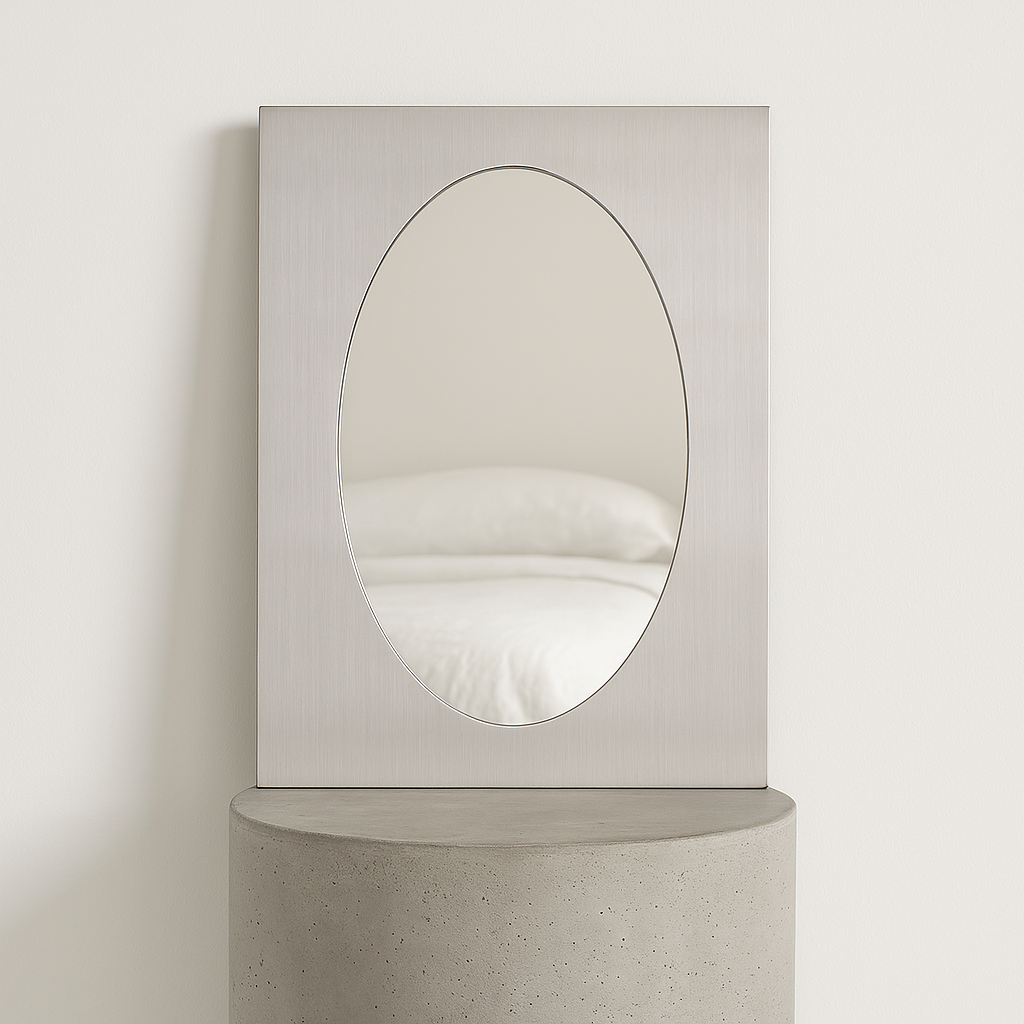Running a store-whether it’s a local boutique, a hardware shop, or a specialty retail space-means more than just stocking great products. You’ve also got to make sure people know you’re there. In this guide, we’ll walk through a variety of store advertising ideas that are easy to implement, budget-friendly, and actually work. Whether you're just starting out or looking to boost foot traffic, there's something here for every type of store.
Core Principles of Effective Store Advertising
Before diving into specific tactics, it’s important to understand the foundation of what makes store advertising work. No matter the size or type of your business, strong results usually come from getting a few core things right. Here are four key principles that guide effective store advertising:
1. Visibility
Your store should be easy to notice - both for people passing by and those searching online. This includes clear signage, a clean and appealing storefront, and a digital presence that shows up in local searches or maps.
2. Relevance
Good advertising speaks directly to the people in your area. That means understanding what your local customers care about, what they’re buying, and what might bring them in. A well-timed offer or the right product in the right place can make all the difference.
3. Consistency
Customers are more likely to trust and remember a business that feels consistent across touchpoints. That includes how your store looks, the tone of your messaging, and what you post on social media. A clear, unified identity makes your store easier to recognize and recommend.
4. Engagement
Stores that create small moments of connection - whether it’s through friendly service, in-store events, or social content - tend to build better long-term relationships. When people feel engaged, they come back more often and tell others.
These principles aren’t about big budgets or complex campaigns. They’re about making thoughtful, consistent choices that help people notice, understand, and connect with your store.
1. Attract Foot Traffic with a Standout Sidewalk Sign
One of the most effective ways to advertise your store is by engaging the people already walking past it. Foot traffic in busy neighborhoods can be a major source of customers, and your storefront is often your first and only chance to make an impression. A well-designed sidewalk sign doesn’t just share information - it grabs attention, signals quality, and invites people to step inside. When executed thoughtfully, it can even become a photo opportunity that helps spread your brand online.
At Signs and Mirrors, this is exactly how we got started. We originally built a mirrored A-frame sign for our own NYC photo studio because nothing on the market matched the clean, minimal look we were after. When we saw how much attention it brought - and how people began photographing and sharing it - we turned that one handmade sign into a full product line. Today, we design and build premium stainless steel and mirrored sidewalk signs for studios, boutiques, cafés, and creative brands across the U.S.
These signs are more than just functional. They create a physical and visual anchor for your location, support your brand identity, and encourage social engagement. Whether used for storefronts or events, a unique A-frame sign can turn everyday foot traffic into lasting impressions.
Designed to Be Seen: Our Signature Sidewalk Signs
One of the most direct ways to advertise a store is by reaching the people walking by. In high-foot-traffic areas, your storefront is often the only interaction someone has with your business. A clear, well-placed sidewalk sign can catch attention, show what you offer, and give people a reason to come in. If the sign stands out visually, it may even end up in photos, helping your visibility beyond the street. Our catalog at Signs and Mirrors includes a range of signs designed for exactly that purpose.

1. Mirrored A-Frame Sandwich Board Sign
The #001 Mirrored A-Frame Sandwich Board Sign is a signature product crafted from stainless steel with a polished mirrored finish on both sides. Shatterproof and stable, it's designed for both indoor and outdoor use in high-visibility areas like storefronts, event pop-ups, or boutique entrances.

2. Mirrored Rounded Stainless Steel A-Frame Sign
The #004 Mirrored Rounded Stainless Steel A-Frame Sign adds a softer, modern aesthetic to the mirrored signage format. Constructed from two sheets of stainless steel and polished to a mirror finish, it features rounded top corners that enhance its visual appeal. This model is often used by wellness studios, salons, and design-forward retail spaces that want to stand out in a subtle but impactful way.

3. Stainless Steel Front Desk
The #019 Stainless Steel Front Desk extends visual branding beyond the sidewalk. Built from continuous brushed stainless steel sheets, this front-facing desk combines clean lines with high durability - ideal for retail interiors, salons, and reception areas. Its matte finish reduces glare while maintaining a refined, industrial feel that aligns with modern, minimal branding aesthetics.
2. Collaborate with Local Businesses or Events
Joining forces with other local businesses is a practical way to expand your reach without heavy ad spend. Think of stores, cafés, studios, or service providers in your area whose customers might also be interested in what you offer. You can run joint promotions, package deals, or share signage in high-traffic areas. For example, a convenience store might team up with a nearby gym to create a healthy snack combo, or a boutique might offer exclusive discounts for customers coming from a neighboring salon.
Participation in community events is another route. Sponsoring a local market, setting up a branded booth at a street fair, or offering giveaways during seasonal festivals can get your store in front of a larger audience. These partnerships not only increase visibility but also build recognition in the local community - something that larger chains often struggle to do.
3. Run Time-Sensitive or Limited Promotions
Short-term offers can be surprisingly effective in driving immediate traffic. Whether it’s a “today only” discount, a weekend flash sale, or a limited batch of seasonal products, the urgency pushes people to act. You don’t need to overcomplicate it - even something as simple as a sign that says “15% off all drinks today” or “limited drop - while supplies last” is enough to get attention.
Use your front signage, window displays, and digital channels to make sure people know what’s happening and when it ends. If your store is near offices or schools, try scheduling deals during peak hours like lunch or after work. The goal isn’t just to create a one-time bump, but to train people to check in regularly for what’s new.
4. Use Social Media Stories and Interactive Posts
Stories on platforms like Instagram and Facebook offer quick, time-sensitive ways to highlight products, promos, or behind-the-scenes moments. Because they disappear after 24 hours, they’re great for testing ideas or running limited offers. You could post a “Deal of the Day,” showcase what just arrived in-store, or feature a customer favorite.
Add simple interactive elements to boost engagement - polls (“Which flavor should we restock?”), quizzes, or swipe-up links to your product pages. These tools don’t just entertain; they keep your store on people’s minds and encourage repeat visits, both online and in person.
5. Start a Customer Subscription Box
A subscription box can turn occasional visitors into loyal regulars. Instead of waiting for people to walk in, you're sending part of the store experience to them - on a consistent schedule. Think monthly snack kits, a rotating selection of local products, or a “new arrivals” bundle for boutique items.
Ideas to consider:
- Curate a “Local Favorites” box with goods from nearby makers
- Offer early access or members-only discounts to subscribers
- Include a QR code linking to an in-store promotion or reward
Boxes create anticipation and give you a reason to stay in touch. They also help introduce lesser-known products that customers might not pick up otherwise.
6. Offer “Build Your Own” Combos or Bundles
Letting customers create their own product pairings makes shopping feel more personal - and more fun. This works especially well with grab-and-go items, accessories, or anything that’s part of a daily routine. A small sign that says “Pick Any 3 Snacks for $5” or “Build Your Own Self-Care Kit” invites exploration and increases basket size.
You can take it further by naming the combos or highlighting staff favorites. Some stores even turn this into a monthly contest, where customers share their bundle on social media for a chance to win a gift. The goal isn’t just more sales - it’s building interaction and giving people a reason to return.
7. Launch a Customer of the Month Program
Recognizing your regulars is a simple way to build stronger relationships and encourage repeat visits. A “Customer of the Month” board, whether physical or digital, gives people a sense of appreciation - and a reason to keep coming back. You can feature a short story, photo, or even a favorite product pick from the customer.
The reward doesn’t have to be big. Priority checkout, a small discount, or a freebie tied to their usual purchase is often enough. What matters is the gesture. Over time, this kind of recognition helps turn casual shoppers into loyal advocates - and it quietly signals to others that your store values its community.
8. Introduce Eco-Friendly Incentives
Customers are increasingly mindful of sustainability - and even small actions from stores can make a difference. By offering eco-friendly incentives, you show that your business supports responsible habits while giving people another reason to return.
Reward Reusable Habits
Give a small discount or bonus item to customers who bring their own bags, cups, or containers. These low-cost perks can reduce waste and reinforce sustainable routines.
Highlight Eco-Conscious Products
Create a section in-store that features items made from recycled materials, locally sourced goods, or minimal packaging. Add simple signage that explains why these products were chosen.
Set Up a Recycling Return
Encourage customers to bring back packaging or used containers in exchange for a small credit or future discount. This not only reduces waste but also builds a reason for repeat visits.
These kinds of programs don’t need to be complex - just consistent. Over time, they can improve your store’s image, strengthen community ties, and attract customers who share your values.
9. Host In-Store Events or Demos
Events give people a reason to come in beyond just shopping. Whether it’s a product launch, tasting session, quick tutorial, or seasonal activity, an in-store event can drive foot traffic, build community, and showcase what makes your store unique.
You don’t need a big budget - just a focused idea. A skincare shop might host a five-minute facial demo. A corner store could offer samples of new snacks. A boutique might team up with a local artist for a pop-up or design talk. These experiences make your space feel active and interesting, and they encourage people to linger (and often, to buy).
Make sure to promote events ahead of time through your signage, social media, and in-store reminders. Even occasional events can lead to long-term visibility and stronger customer relationships.
10. Promote Customer Reviews and Testimonials
What others say about your store often matters more than what you say yourself. Sharing real feedback from customers builds trust, especially for new visitors who haven’t shopped with you before. Highlighting reviews - whether on your website, social media, or even printed and placed near featured products - adds credibility without feeling like a sales pitch.
There are simple ways to incorporate this: post a weekly “customer favorite” item with a short quote, print out a few standout reviews and display them at checkout, or reshare positive mentions on your Instagram Stories. The key is to keep it authentic. Let your current customers help tell your story - it’s often the most convincing form of advertising you have.
How to Measure the Success of Your Store Advertising
It’s not enough to run ads or set up promotions - you need to know what’s working. Measuring the impact of your store advertising helps you make better decisions, avoid wasted effort, and focus on what brings real results.
Here are a few practical ways to track success:
1. Monitor Foot Traffic and Sales Patterns
Keep an eye on how many people are visiting your store during a promotion or after putting up new signage. Compare it to normal weeks. If you see a noticeable spike, that’s a good early indicator your advertising is drawing attention.
2. Track Specific Campaigns
If you're running a time-sensitive offer or promoting an event, use codes or simple questions at checkout like “How did you hear about this?” to trace what brought people in. Loyalty programs and POS systems with customer tracking features can help automate this.
3. Watch Online Engagement
Look at views, likes, shares, and clicks on social media posts that promote in-store actions. Are people interacting with your content? Are they tagging your location or sharing your sign? These are all signs that your efforts are making an impression.
4. Gather Feedback Directly
Sometimes the easiest way to measure impact is to ask. Chat with regulars, run a quick in-store survey, or leave a comment box. Honest feedback often reveals what’s actually drawing people in - or what they ignored entirely.
Consistently reviewing these signals will help you understand what’s effective, so you can refine your advertising and get better returns over time.
Conclusion
Advertising a store doesn’t always require big campaigns or large budgets - it just needs clear intent, smart use of space, and consistent effort. Whether you're setting up an eye-catching sidewalk sign, launching a small in-store event, or building local partnerships, the goal is always the same: get noticed, stay relevant, and turn attention into foot traffic.
Start with the basics, test what works in your area, and build from there. When advertising is tied to real customer behavior and community habits, it’s far more likely to create lasting results. Even small changes - like better signage or regular social media updates - can make a visible difference over time.
FAQ
What is the best way to advertise a small local store?
Start with your immediate surroundings. Use clear signage, collaborate with nearby businesses, and promote your store online through local social media groups or Google Business updates.
How do I advertise my store on a low budget?
Focus on cost-effective tactics like sidewalk signs, limited-time offers, community bulletin boards, and customer referral programs. These strategies require more creativity than money.
How can I attract more foot traffic?
Improve curb appeal, run in-store events or tastings, and use signage that highlights what’s happening inside. Also consider time-sensitive deals that encourage immediate action.
How often should I update my store advertising?
Update offers and displays regularly - ideally every week or two. For larger campaigns or signage, consider refreshing each season or when new products arrive.
Is digital advertising worth it for a physical store?
Yes, especially for local targeting. Simple tools like geo-targeted ads, social media stories, and email newsletters can bring nearby customers into your store when used consistently.




